Chapter 5 “Water” of Class 7 Geography is also an important text. This chapter of class VII Geography For Class 7 students is explained here in simple language. Children who want to score good marks in Geography, they have to read this lesson carefully only once. They will also get the complete solution of this chapter here. Class 7 chapter “Water” (Geography) is not just for reading the text, but also understanding and implementing it in life.
If you want to read Geography chapter1 ENVIRONMENT , chapter 2 ” INSIDE OUR EARTH “, chapter 3 OUR CHANGING EARTH and chapter 4 “Air” “, you can read and understand by clicking on the link. All these chapters have been explained in very simple language.
NCERT Class 7 Geography Chapter 5 “Water”
Water is a very important natural resource.
Nature has given it to us in plenty.
70% (Three-fourth) of the Earth is surrounded by water.
This water resource is present on the ground, inside the earth, in the air, at the poles and on the mountains.
It is (COLOURLESS), (ODOURLESS) and (TASTELESS).
Despite this, no creature can live without water.
For us, it is precious because Earth is the only planet where it is present.
WATER CYCLE (NCERT Chapter 5 “Water”)
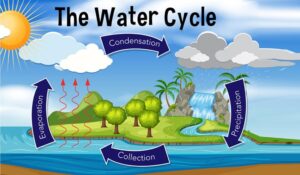
When the snow over the mountains melt, it changes to liquid.
As it descends from the mountains, reaches vast plains and oceans, it evaporates due to sun’s heat.
In the atmosphere, water-vapor Condenses to form clouds.
And when the water droplets become heavy, they fall down as rain or snow.
The process of melting, evaporating, condensing, and then falling on to the earth is a continuous process.
Therefore, we can say that
“the process by which water continually changes its form and circulates between land, oceans and atmosphere
is known as water cycle”.
Do you know
The water which was present centuries ago is still present today.
This is because, we cannot waste even a single drop of water?
If you throw water from your water bottle, the water will either be absorbed by the ground or will evaporate.
Saline (salty) and fresh water

YOU CANNOT DROWN IN DEAD SEA
The amount of salt is more in the water of sea and oceans.
Because of this, their water is salty.
It contains sodium chloride and common salt used in food.
River, pond, lake, ground water and snow are the main sources of fresh water.
Salinity is the amount of salt present in 1000 grams of water.
The average salinity of the oceans is 35 grams (3.5%) per 1000 parts.
The Dead Sea of Israel has a salinity of 340 grams per liter.
No one can drown in this sea because of its high density.
Do you know
You can easily read a newspaper by lying on the water in the Dead sea.
Distribution of water: (NCERT Chapter 5 “Water”)
Three quarters of the Earth is covered by water.
Despite this, many countries are struggling with water scarcity.
Distribution of water in percentage
Oceans (SEA AND OCEANS) – 97.3%
In the form of snow – 02.0%
Ground water – 00.68%
Freshwater of the lake – 00.09%
Saline water of the lake – 00.09%
Atmospheric Water – 00.0019%
Rivers – 00.0001%
Do you know
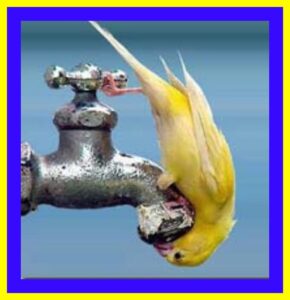
SAVE WATER BEFORE IT IS TOO LATE
Only 1% of the total water on the earth is left for us to drink.
OCEAN WATER CIRCULATION
Have you seen a pond, river or a sea?
Then you must have seen this obvious difference as well.
The water of the pond is usually still.
River water flows. It has some movement.
But, the sea water is never still. Sea and ocean water moves continuously.
This ocean water movement can be categorized as – Waves, Tides and Currents.
Do you know
Water in all the countries located above the equator including India, rotate clockwise. You can check this while filling water in your bath tub. Whereas water in all the countries below the equator, rotates anti-clockwise.
Waves (sea waves):
The sea is a vast open space.
As it is open, air flow here freely at a high speed.
Due to these winds there is constant rise and fall of water on the sea surface which are called sea waves.
People enjoy these waves in the sea.
Children throw their hawai slippers or the coconut shell in the sea.
After some time, a sea wave brings them back to shore.
As long as these waves are normal, there is no specific danger from them.
But sometimes, due to earthquake and volcanoes inside the sea, these waves rise very high and become dangerous.
When they rise above 15 meters (50 ft), they are called Tsunamis.
Do you know
The highest sea wave ever seen has been 150 meters i.e. 500 feet high.
Tsunami in India: (NCERT Chapter 5 “Water”)
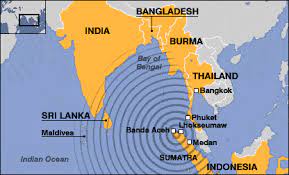
EARTHQUAKE IN INDIAN OCEAN TRIGGERED TSUNAMI IN 2004. COURTESY- reliefweb.int
Tsunami arrived in India on 26 December 2004, when more than two and a half million people lost their lives.
An earthquake of magnitude 9.0 on the Richter scale in the Indian Ocean occurred near the northern part of Indonesia.
Till then, no system like early warning of tsunami was prevalent in India or Indian Ocean countries.
The world had not seen such a terrible natural disaster in the last 40 years.
A tsunami wave in the Indian Ocean killed many people.
It caused massive devastation in India and 13 more Countries. (Thailand, Bangladesh, Malaysia, Myanmar,
Madagascar, Maldives, Sri Lanka, Somalia, Tanzania, Kenya)
India’s last point known as Indira Point, got submerged in water due to Tsunami in 2004.
TIDES: (NCERT Chapter 5 “Water”)
Ehen you go to take bath in the sea at 8:00 am., a family member has to take care of your belongings. (clothes, watches, slippers and shoes)
The person sits quite far from the sea.
A place which is safe from the sea water.
But, as time passes, suddenly a sea wave reaches there. Why?
This is because the water of the sea spreads from morning to noon by 12:00.
Shrinks from 12:00 noon to 6:00 pm. in the evening.
Then it again expands from 6:00 pm to 12:00 night and shrinks till 6:00 in the morning.
Therefore, sea expands two times and contracts two times.
When the sea water expands, it is known as high tide.
Similarly, when the water of the sea shrinks, it is called Low tide.
Reason behind high tide and low tide
When we throw anything in the air, the earth pulls it down due to its gravity.
The sun and the moon also has similar force of gravity.
So we can say that “strong gravitational pull exerted by the sun and the moon on the earth’s surface causes tides”.
Do you know
यूरोप और उत्तरी अमरीका के बीच अटलांटिक महासागर में स्थित है बरमूडा त्रिकोण।
कोई भी जहाज़ या हवाई जहाज़ जो इस त्रिकोण के ऊपर से उड़ता है उसे समुद्र खींच लेता है।
Few interesting facts about tides
- The Moon is 2.6 million times smaller than the Sun but is also 380 times closer to the Earth than the Sun. Due to which the Moon pulls water by 2.17 times more strength than the Sun.
- The Earth’s outer surface from the center is about 6400 km nearer to the Moon. Due to this, the part of earth that lie in front of the moon, the attraction is maximum and just on the other side is minimum.
- High tide and low tide occur twice a day due to the changing position of sun and moon.
Types of tides: (NCERT Chapter 5 “Water”)
SPRING TIDE
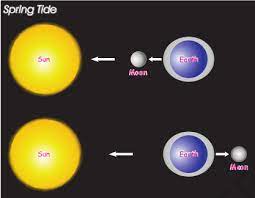
On the day of Amavasya and Purnima, the sun, moon and earth are usually in a straight line.
Because of this, both the sun and the moon pull the ocean water.
In this case, the height of the tide is 20% more than the normal tide.
This is called big tide or high tide.
Due to high tide, sea fishes move towards the coast, which facilitates fishermen to catch fish.
Near Calcutta, the water of the Hooghly River slowly flows and fall in Bay of Bengal.
Due to less water in it, big ships are not able to get into the river from the sea.
But when there is a high tide, the amount of water in the Hooghly increases so that large ships can easily reach the riverbank.
NEAP TIDE

Saptami or Ashtami of Shukla or Krishna Paksha makes the Sun and Moon right-angled from the center of the Earth.
In this case, the moon and the sun make an angle of 90 degrees from the earth.
Both, the sun and the moon pulls the water of the earth in different directions.
Sometimes, the sun and the moon are are in the opposite directions of earth.
So, both will pull water in their directions. In such cases, there will be Low or Neap tide.
The tides generated under both these conditions are 20% less than the normal tide.
Ocean currents (NCERT Chapter 5 “Water”)
Ocean currents are of two types – hot and cold.
Difference in temperature causes wind movement.
Similarly, difference in temperature also causes the movement of sea and ocean water.
The Earth is round (spherical).
Due to which the central (Equatorial) part of it gets more heat.
So, the sea water present near the equator becomes hot.
On the other hand, the polar regions are cold.
So the sea water present there is also cold.
The cold water stream is heavy.
Therefore, the movement of water begins due to difference in temperature.
Cold water current starts coming from under the water towards the equator. while the Hot water current moves from equator to poles.
These are ocean currents.
It can be defined as “the streams of water flowing constantly on the ocean surface in a definite direction are called ocean currents.”
Do you know
नदी और समुद्र में नहाने के तरीके में अंतर् होता है।
नदी में लोग नाक बंद कर जल में डुबकी लगाते हैं जबकि समुद्र में ऐसा नहीं करते क्योंकि समुद्र में सर का जल के अंदर जाना खतरनाक हो सकता है।
Under water current के कारण समुद्र आपको अंदर खींचता है।
Advantages of Ocean water currents:
- The ocean currents influence the temperature conditions of the coastal areas.
- Warm currents increase the temperature and does not allow the sea ports to freeze during winter.
- The areas where warm and cold currents meet, provide the best fishing grounds of the world.
- Helps in global transportation, carrying animals, plants and even people and cargo from place to place.
Disadvantages of Ocean water currents:
The area where warm and cold ocean currents meet also experience foggy weather making it difficult for navigation.
(Geography Class VII NCERT Chapter 5 “Water”)

1. Answer the following questions.
i) What is precipitation?
Ans1) The falling of water droplets from the sky is called precipitation.
ii) What is the water cycle?
Ans: According to NCERT, “The process by which water continually changes its form and circulates between oceans, atmosphere and land is
known as the water cycle.”
iii) What are the factors affecting the height of the waves?
Ans: The factors affecting the height of the waves are as follows:
1) water depth
2) wind speed
3) Gravitational power of sun and moon
iv) Which factors affect the movement of ocean water?
Ans: The factors affecting the movement of ocean water are as follows:
1. Gravitational power of sun and moon
2. The amount of salinity (salt) in oceanic waters
3. Water temperature difference.
4. The rotating speed of the earth and
5. Wind speed
v) What are tides and how are they caused?
Ans: The rhythmic rise and fall of ocean water, twice in a day, is called a tide.
Tides are caused by the gravitational force exerted by the sun and the moon on the earth’s surface.
(vi) What are ocean currents?
Ans: The streams of water flowing constantly on the ocean surface in a definite direction are called ocean currents.
The ocean currents may be warm or cold.
The flow of ocean water from one place to another due to difference in temperature is called ocean currents.
Just as winds start moving due to difference in temperature, similarly ocean currents also start moving due to difference in temperature.
The Earth is round, due to which the central part of it gets more heat.
The sea water gets warm. It is cold at the poles, so the sea water there is cold.
The cold water stream is heavy so it starts flowing under water towards equator .
These are called ocean currents.
2. Give reason: (NCERT Chapter 5 “Water”)
A) Sea water is salty.
Ans) When the river meets the sea, it dumps all its effluents in the sea.
Thus the sea gets filled with sediments.
These sediments contain sodium chloride or edible salt, the quantity of which increases day by day.
When the sea water evaporates, the saline substances remain in the sea.
Because of this, the salinity in the seawater increases and the seawater is salty.
B) The quality of water is deteriorating.
Ans) The water quality is deteriorating due to
polluted water coming out of industries,
chemical water coming out from the agricultural fields,
direct connection of dirty drains into rivers,
increase in population,
negligence of people and corrupt officials and negligence of government.
3. Answer in one word.
(i) The process by which water continually changes its form and circulates between oceans, atmosphere and land – Water cycle
(ii) Generally, the warm ocean currents originate near – Equator
(iii) The rhythmic rise and fall of ocean water twice in a day is called – Tide
4. Match the following. (solved)
i) Caspian sea – Largest lake
ii) Tide – Periodic rise and fall of water
iii) Tsunami – strong seismic waves.
iv) Ocean currents – streams of water moving along definite paths.
NCERT Class 7 Geography Chapter 5
Conclusion:
Water is a valuable natural resource. Each drop of it is precious. Just by taking short showers you can help conserve gallons of water. Along with reading and teaching this chapter, we must also use new techniques of water conservation. According to the NITI Commission, South, Central and North Western India and eleven other countries can have a situation like ZERO WATER by 2030 https://www.tourmyindia.com/blog/world-with-water-crisis/.
Question for all readers:
Which is more dangerous – taking bath in a sea or in a river.

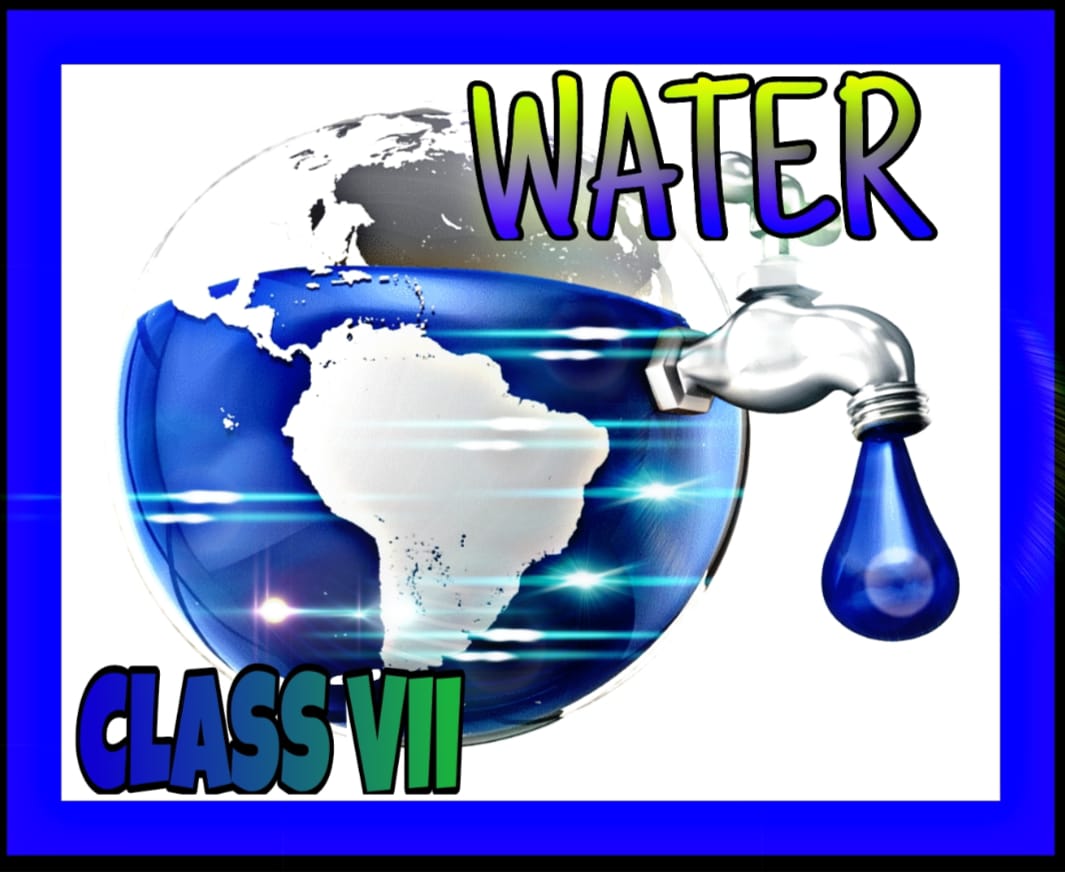

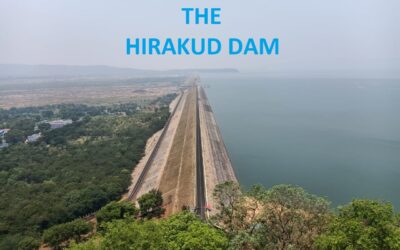
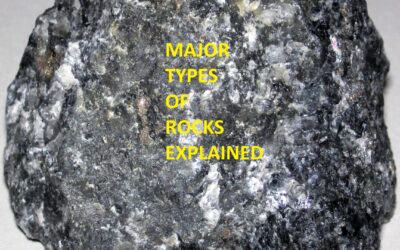
0 Comments